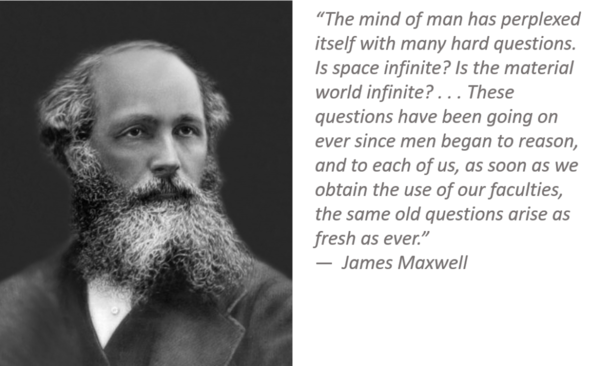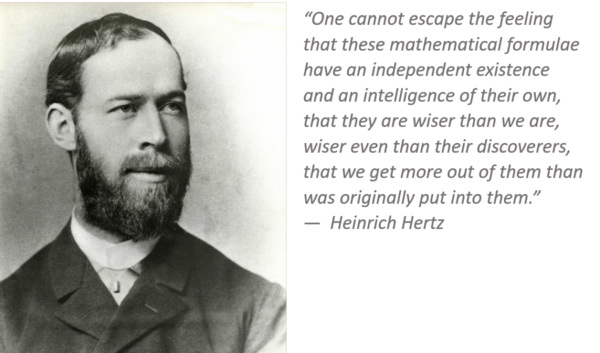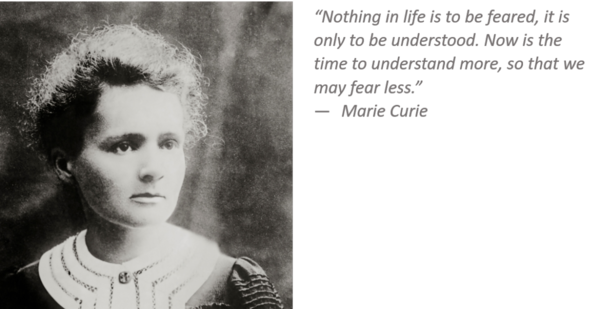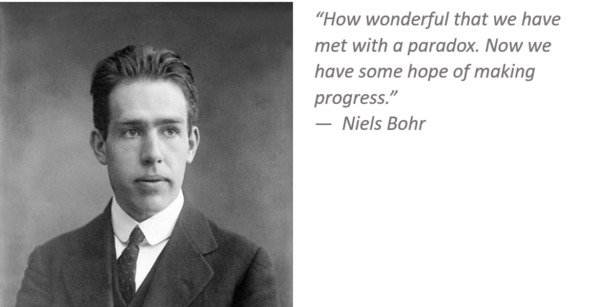Physics Heroes & Heroines
This year’s Nobel Prizes in physics were announced on October 2. The three recipients include American Arthur Ashkin, at 96 the oldest Nobel Laureate, for his work developing “optical tweezers.” The other 2018 recipients are Frenchman Gerard Mourou and Canadian Donna Strickland—only the third woman in history to ever receive the Nobel for Physics—for their work with pulsed lasers. The discoveries and inventions of these three scientists have "revolutionized laser physics," according to the Royal Swedish Academy, the organization that has awarded Nobel prizes for the last 117 years.

Donna Strickland in 1995, as a graduate student in optics and a member of the Picosecond Research Group, shown aligning an optical fiber. The fiber is used to frequency chirp and stretch an optical pulse that can later be amplified and compressed in order to achieve high-peak-power pulses.
Optical tweezers (originally called a "single-beam gradient force trap"), use light beams to move molecules and tiny organisms like bacteria without damaging them. This has led to tecniques that separate healthy blood cells from infected ones, among other applications.
The BBC reported “Drs Mourou and Strickland paved the way for the shortest and most intense laser pulses ever created. They developed a technique called Chirped Pulse Amplification (CPA). It has found uses in laser therapy targeting cancer and in the millions of corrective laser eye surgeries which are performed each year.” The technique also has potential in future to create more effective solar cells or faster electronics.
At Radiant, we have many physicists among our ranks (along with mechanical and electrical engineers, materials scientists, computer scientists, mathematicians, nuclear engineers, environmental scientists, and more). In our business, we grapple daily with matters involving optical physics, electromagnetic radiation, and the metrology of light and color. So you could say that we’re a little partial to science over here. In fact, every conference room in our headquarters office is named after a famous physicist. Taking inspiration from these recent Nobel awards, we thought we’d talk about a few of our Physics Heroes—and Heroines—this week.
James Maxwell (1831 - 1879)
James Clerk Maxwell was born in Edinburgh, Scotland, on June 13, 1831. He published his first scientific paper at the age of 14, and became a professor at King’s College, London, and later Cambridge University.
Before Maxwell, there was no unified concept of electricity and magnetism; he originated the ground-breaking theory of a spectrum of electromagnetic radiation and established the equivalence of mass and energy (paving the way for Einstein’s theory of relativity).
In his research on electromagnetism, Maxwell concluded that light itself is an electromagnetic disturbance in the form of waves. His models also suggested that electromagnetic waves could be generated in a laboratory—a theory later proven by Heinrich Hertz—laying the foundation for present-day applications of radio waves.
Maxwell studied the phenomenon of color perception, and his analysis of light and color led to the invention of the trichromatic (three-color) process. Using red, green, and blue filters he produced the first color photograph in 1861—of a Scottish tartan ribbon. This process was the forerunner of modern color photography. Today, Radiant's ProMetric® Imaging Colorimeters use red, blue, and green CIE tristimulus filters, building on Maxwell's original concepts to match the human eye's perception of light and color.

Heinrich Hertz (1857 – 1894)
Heinrich Rudolf Hertz was born October 22, 1857, in Germany. While a young professor, he began studying Maxwell’s electromagnetic theory. He was not only a theoretical physicist but also an inventor, building a device to produce electromagnetic waves in the laboratory and measure their length and velocity.
Hertz showed that the nature of electromagnetic wave vibration—and these waves’ susceptibility to reflection and refraction—was the same as that of light and heat waves. As a result, he proved James Maxwell’s theory of electromagnetism, demonstrating that both light and heat are electromagnetic radiations.
Hertz studied the photoelectric effect: a phenomenon where electrically-charged particles (photo electrons) are emitted by a material when light (or electromagnetic radiation) falls on it. The photoelectric effect hinted at the existence of the quantum world—research that would later be carried forward by physicists such as Niels Bohr and Albert Einstein.

Marie Curie (1867 - 1934)
Marie Curie (née Sklodowska) was born in Warsaw on November 7, 1867. She studied Physics and Mathematics at the Sorbonne, where she met and later married Pierre Curie, a physics professor, and where she became Head of the Physics Laboratory.
Using an electrometer, Curie discovered that rays from a sample of uranium caused the air around it to conduct electricity, deducing that this radiation came from the atom itself. Her discovery inspired Pierre to drop his own work and join her efforts.
The Curies’ research led to a new understanding of atomic structure and the relationship between matter and energy (advancing the earlier work of James Maxwell), and the isolation of the radioactive elements polonium (named for Poland) and radium. She developed methods to characterize and study the properties of radioactive materials, particularly their application to medical therapies such as treating tumors.
During World War I, Curie created field radiography centers to provide x-ray imaging on the battlefield, helping treat an estimated 1 million wounded soldiers.
Curie was the first woman named Professor of General Physics at the Sorbonne (in 1906), and the first woman to win a Nobel Prize (jointly with her husband for Physics, 1903). She received another Nobel for Chemistry (1911)—one of only four people in history to have won two.

Niels Bohr (1885-1962)
Niels Henrik David Bohr was born in Copenhagen on October 7, 1885. In 1916, he became head of the Institute for Theoretical Physics at Copenhagen University. Building on the work of Max Planck and Edward Rutherford, Bohr advanced a new model of the atom: a positively charged nucleus surrounded by electrons, each with an individual orbit.
He suggested that the number of electrons in the outer orbit determined the chemical properties of each element. He discovered that when an electron jumps from an outer orbit to an inner one (when heated or “excited” by an electrical charge), it emits light of a specific color. Refracting this light through a prism yields a pattern of colored lines (atomic spectra) unique to that element.
Bohr was recognized with a Nobel Prize for Physics in 1922. He continued studying atoms and atomic nuclei, contributing to the understanding of nuclear fission.
Starting in 1933, Bohr helped many notable Jewish scientists leave Germany. After the Nazi occupation of Denmark, he faced imminent arrest and escaped with his family to Sweden in 1943. He then worked for the Allies on the development of the nuclear bomb. He devoted much of his later work to the peaceful applications of atomic physics, advocating for scientific openness between nations.

Did we leave out your favorite physicist? Stay tuned for future installments of Physics Heroes...
PHOTO CREDITS
Donna Strickland: This file is licensed under the Creative Commons Attribution-Share Alike 4.0 International license.
Marie Curie: This file is licensed under the Creative Commons Attribution 4.0 International license.
Niels Bohr, Heinrich Hertz, and James Clerk Maxwell: in the public domain in their countries of origin and in the U.S.
Join Mailing List
Stay up to date on our latest products, blog content, and events.
Join our Mailing List
